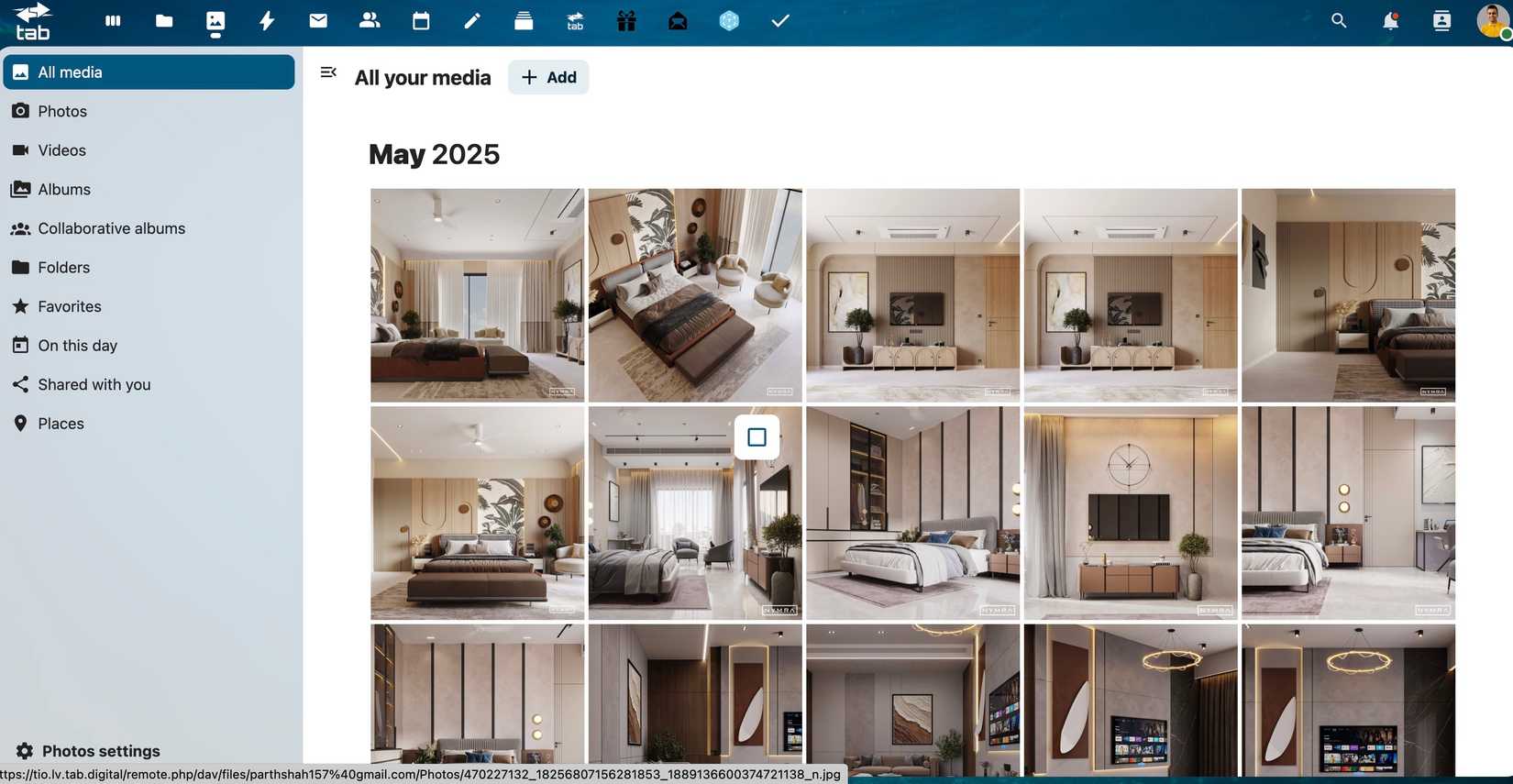I was a die-hard Google Drive user, convinced that no alternative could match its convenience and seamless integration.
I tried several alternatives, like OneDrive and Dropbox, but kept coming back to Google Drive for obvious reasons. But my perspective changed when I took a deeper look at Nextcloud.
Far from being just a simple file storage service, Nextcloud is a neat, self-hosted digital workspace that puts me in complete control of my data.
It’s an open source powerhouse that not only handles file syncing and sharing but also offers a suite of tools for collaboration, communication, and productivity.
Nextcloud offers native apps and a robust web platform

The first thing I realized after getting my Nextcloud server up and running was just how well the entire ecosystem is built.
Unlike many self-hosting apps, I never had to think about using the web version on any of my devices.
Nextcloud offers native applications on all the major platforms, including macOS, Windows, Linux, iPhone, and Android. It integrates with the Finder and File Explorer and lets me manage and sync files just as I would with Google Drive.
The experience is just as seamless on mobile. For example, the Nextcloud Android app already supports Material You, passcode protection, two-way sync, and camera auto upload.
Still, the web version is a powerhouse. When I need to use it, it greets me with a powerful dashboard. The homepage is completely customizable with multiple widgets that give me an instant overview of everything.
I can see my upcoming calendar events, recent file activity, to-do list, emails, and more.
Nextcloud has an excellent ecosystem of apps
This is where Nextcloud really surprised me. It’s not just a cloud storage service; it’s a platform you can build on.
At first, I thought I was just getting a place to store files, but I quickly discovered that I could turn Nextcloud into my digital life hub.
Right out of the box, I had access to a great email management system, contact manager, and a full-featured calendar. This meant I could manage communications, contacts, tasks, and schedule all from a single, private location.
I can even head to the Nextcloud App Store that offers community-built applications. For example, I can install Deck to enable Kanban boards in Nextcloud.
One of the add-ons that impressed me was the media library. Like Google Photos, it transformed my photo library into an organized, searchable gallery.
I can browse my images in chronological order, create folders, filter them by location, and even glance over memories from the ‘on this day’ menu.
This incredible flexibility is what makes Nextcloud a powerful alternative to Google Drive. It’s not just a replacement, it’s an upgrade.
The collaboration experience is way better than Google Drive
Sharing files is something we all do every day, but I have found that the collaboration experience in Nextcloud is far more secure and customizable than what Google Drive offers.
With Google Drive, I can share a link and set basic permissions like view, comment, and edit. Nextcloud, on the other hand, gives me astute control over who can access my files and how they interact with them.
When I generate a public sharing link, I get a suite of options. I can set a password to avoid unauthorized access, and add an expiry date, so I never have to worry about a link being active indefinitely.
There is even an option to disable the download button and set a note for recipients.
This level of detail and control is what makes Nextcloud a superior choice for collaboration.
Self-hosting nature
The single biggest advantage Nextcloud has over Google Drive is its self-hosting nature.
What I mean is that all my files, photos, contacts, and calendar entries are stored on the hardware I own or a server from a provider I trust.
Nobody is scanning my photos to improve their AI or analyzing my documents to serve ads. The data is mine, and I have complete control over it.
If you have used Docker previously, the entire setup is quite easy as well.
You can even use one of the Nextcloud-recommended hosting providers to store your data and access it on all your devices.
Google Drive, meet your match
Before you head to Nextcloud and sign up for it, let’s have a word of caution.
If you are new to self-hosting, it may take a while to set everything up. Like Google Drive, you can’t simply sign up for the service and start uploading your files.
Nextcloud proves that you don’t have to choose between a feature-rich platform and true data privacy.
So, if you are ready to break free from the limitations of commercial cloud services and build a digital workspace that’s truly your own, give Nextcloud a try.




